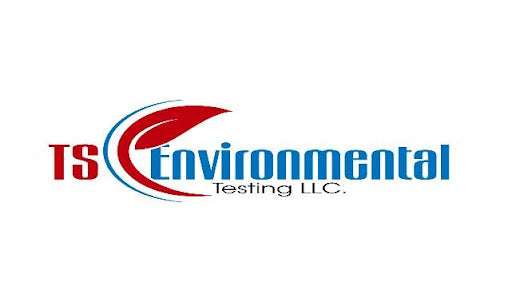MOLD & WATER INTRUSION TESTING
MOLD SAMPLING

When is sampling necessary, and what types of samples are collected?
- Mold ‘clearance’ sampling is often performed following a known mold growth issue where a professional mold mitigation company has removed the mold growth on building materials and treated the area to ensure mold growth doesn’t return.
- General mold investigations are often performed prior to or during real estate transactions to ensure a structure doesn’t have mold growth issues.
- Individuals who are sick and have been diagnosed with a known allergy or condition associated with mold will often request a professional to investigate a structure for existing or hidden mold growth issues.
HOW OUR SAMPLING IS CONDUCTED
Air Sampling: Air samples are the most common type of environmental sample that field investigators typically collect to study an indoor air environment. Air sampling, and most all forms of mold sampling, can involve ‘viable’ or ‘non-viable’ methods. Viable sampling involves collection of spores onto a media (typically an agar impaction plate) where the mold spores that are captured must be alive at the time of testing to grow; meanwhile, non-viable sampling involves collection of spores onto a media (typically an air-o-cell cassette or allergenco-D cassette) and mold analysis identifies both alive (viable) and dead (non-viable) mold spores. Sampling duration is typically set to ensure sampling cassettes are not overloaded, as well as to ensure a good dispersion of air spores. For example, outdoor environments with no visible dust are sampled for a 10-minute duration, while indoor environments with individuals present and moderate activity are sampled over a 5-minute duration. In extremely dusty environments, such as drywall renovation, sampling times may be reduced to a 1-minute duration.


FACTS ABOUT MOLD
(sourced via EPA.gov)
- Potential health effects and symptoms associated with mold exposures include allergic reactions, asthma and other respiratory complaints.
- There is no practical way to eliminate all mold and mold spores in the indoor environment; the way to control indoor mold growth is to control moisture.
- If mold is a problem in your home or school, you must clean up the mold and eliminate sources of moisture.
- Fix the source of the water problem or leak to prevent mold growth.
- Reduce indoor humidity (to 30-60%) to decrease mold growth by:
- Venting bathrooms, dryers and other moisture-generating sources to the outside
- Using air conditioners and de-humidifiers
- Increasing ventilation
- Using exhaust fans whenever cooking, dishwashing and cleaning
- Clean and dry any damp or wet building materials and furnishings within 24-48 hours to prevent mold growth.
- Clean mold off hard surfaces with water and detergent, and dry completely. Absorbent materials such as ceiling tiles, that are moldy, may need to be replaced.
- Prevent condensation: Reduce the potential for condensation on cold surfaces (i.e., windows, piping, exterior walls, roof, or floors) by adding insulation.
- In areas where there is a perpetual moisture problem, do not install carpeting (i.e., by drinking fountains, by classroom sinks, or on concrete floors with leaks or frequent condensation).
- Molds can be found almost anywhere; they can grow on virtually any substance, providing moisture is present. There are molds that can grow on wood, paper, carpet, and foods.
